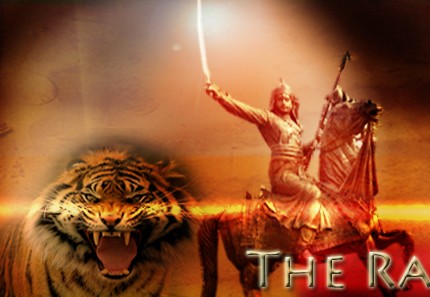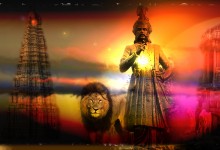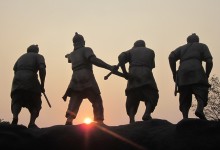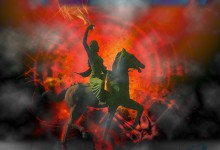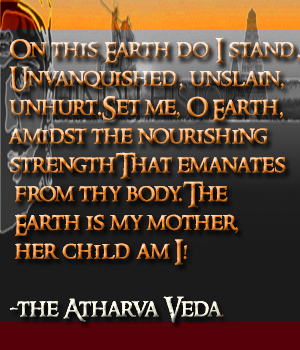Posts Tagged ‘akbar’
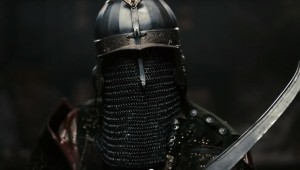
Response to Girish Shahane on Rajput ‘Failure’ or Victory ?
I have just been exposed to a worthless and meaningless article by a self-propagating Hindu phobic writer. The person I refer to is known as Girish Shahane, who by his own account is the proud owners of multiple degrees from va...
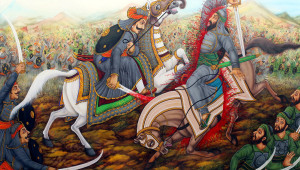
Rajnath Singh says if Akbar is ‘great’, so is Rana Pratap
PRATAPGARH: In line with the Sangh Parivaar’s push for Hindu icons, Union home minister Rajnath Singh on Sunday asked historians to revisit history by giving Mewar ruler Maharana Pratap more credit. “I have no objec...
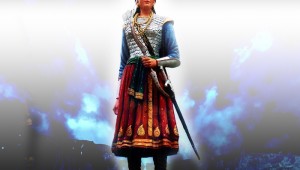
Rani Durgavati
Rani Durgavati was born on 5th October 1524 A.D. in the family of famous Chandel emperor Keerat Rai. She was born at the fort of Kalanjar (Banda, U.P.). Chandel Dynasty is famous in the Indian History for the valiant king Vidya...

